The 11 day Mount Kenya climb and safari to Kenya’s Masai Mara and Lake Nakuru is an amazing way to get the best out of Kenya’s top attractions. Mount Kenya is a very beautiful and scenic mountain beyond reasonable doubt. It is the highest in Kenya and the second-highest after Kilimanjaro in the whole of the African continent. Most climbers prefer to climb Mount Kenya through the Sirimon Naro-Moru route a very popular route on Mount Kenya that has successfully led many climbers to its summit at Point Lenana (4,985m). The combination of the very scenic trail to Sirimon and the quick and easy descent via Naro-Moru makes this route a perfect blend for trekking Mount Kenya. It would take you a minimum of 4 days to climb Mount Kilimanjaro via the Sirimon – Naro Moru route but we do recommend the 5 days Sirimon Naro Moru route variation that offers an extra day for proper acclimatization at Shipton’s Camp to avoid altitude sickness.
The safari side of this mountain climbing and safari combo takes you to the best safari destination in Kenya. The Rift Valley Lakes of Nakuru and Naivasha sandwiched half-way between Mount Kenya and Masai Mara are well worth a visit after a vigorous mountaineering expedition. Lake Nakuru national park and Lake Naivasha boast of abundant wild animals that include big game and a handful of bird species. The Maasai Mara National Reserve, on the other hand, is a big wig when it comes to African safaris. The park gives you the opportunity to sample each and every member of the big 5 animals, to explore the endless plains of the Masai mara and the crocodile-infested Mara River where the Great wildebeest migration takes centre stage.
Mount Kenya trek & Maasai Cultural Tour
Climbing Mount Kenya and taking a game drive adventure to Lake Nakuru National Park are the highlights of this 11 Day Mount Kilimanjaro climbing and safari adventure but the adventure does not just end there. A visit to Masai mara gives you a great cultural immersion opportunity. As you tour the Maasai land and camp in the Masai Mara you will get a chance to interact with the natives, the Maasai tribe and learn a thing or two about their way of life by visiting Maasai villages, schools and tour the Maasai wilderness.
How to get to Mount Kenya
To get to Mount Kenya, you have to fly into Kenya first through the International Airports that serve as Kenya’s entry points like the Jomo Kenyatta International Airport in Nairobi and the Mombasa Moi International Airport in Mombasa. Many air companies fly into Kenya from all over the world e.g Virgin Atlantic, British Airways and Kenya Airways fly regular direct flights to Nairobi. There are other airlines that offer competitive prices for air tickets that make a stop from Qatar Airways, Ethiopian and Emirates.
Nairobi Jomo Kenyatta airport is a ½ hr drive away from the capital city of Kenya, Nairobi with a distance of about 16km.
Best time for Mount Kenya & Safari Tour
You can visit Kenya any time of the year, whether it is to climb Mount Kenya or to do a safari but it has 2 rainy seasons and one busy season that his a high peak for tourism and that is the dry summer season of July and August. During the months July and August, it is the best time for both Mount Kenya climbing and safari because the weather is dry during this time, perfect for mountain climbing and the Masai Mara is always full of wild animals due to the dense population of wildebeest in the Masai Mara.
July and August receive high traffic of tourists from Europe and North America because it is during their summer break.
September and October is the short rains season. The weather is usually unpredictable at this time of the year, rain usually falls for only a couple of hours in the afternoon or morning, so you shouldn’t let it stop you.
November, December, January, February and the better part of March are the dry seasons. Expect hot weather and quiet parks.
The least favourable time of the year for Mount Kenya climbing or Masai mara safari is during the rainy season of March, April, May and June plays host to the long rains. Though it is possible to do a safari or a mountain climb, sometimes roads become inaccessible, slippery and the long grass is not recommended for wildlife viewing.
Is the 11 Day Mount Kenya & Masai Mara Safari for me?
If climbing Mount Kenya is on your bucket list and you have extra time on your hands to explore the best side of Kenya, then this tour is for you. A safari extension to Masai Mara, Lake Nakuru and Naivasha which offers you the chance to taste the best of safari Kenya! if time is not on your side and you have little time we can customize this trip to include only a 3-day safari to Samburu or Amboseli National Park.
As for the Mount Kenya trekking part, all you need is to follow your mountain guides advice while on the mountain and drink as much water as possible to combat altitude sickness. To climb Mount Kenya, you do not need to be superhuman fit, if you can comfortably walk for 6-8 hours a day with ease then you can climb Mount Kenya. Remember, age is not a limiting factor, children as young as 10 and adults as old as 80 have climbed Mount Kenya.
Safety for climbing Mount Kenya
For the latest and official travel advice from the Foreign and Commonwealth office please check www.gov.uk/travelaware

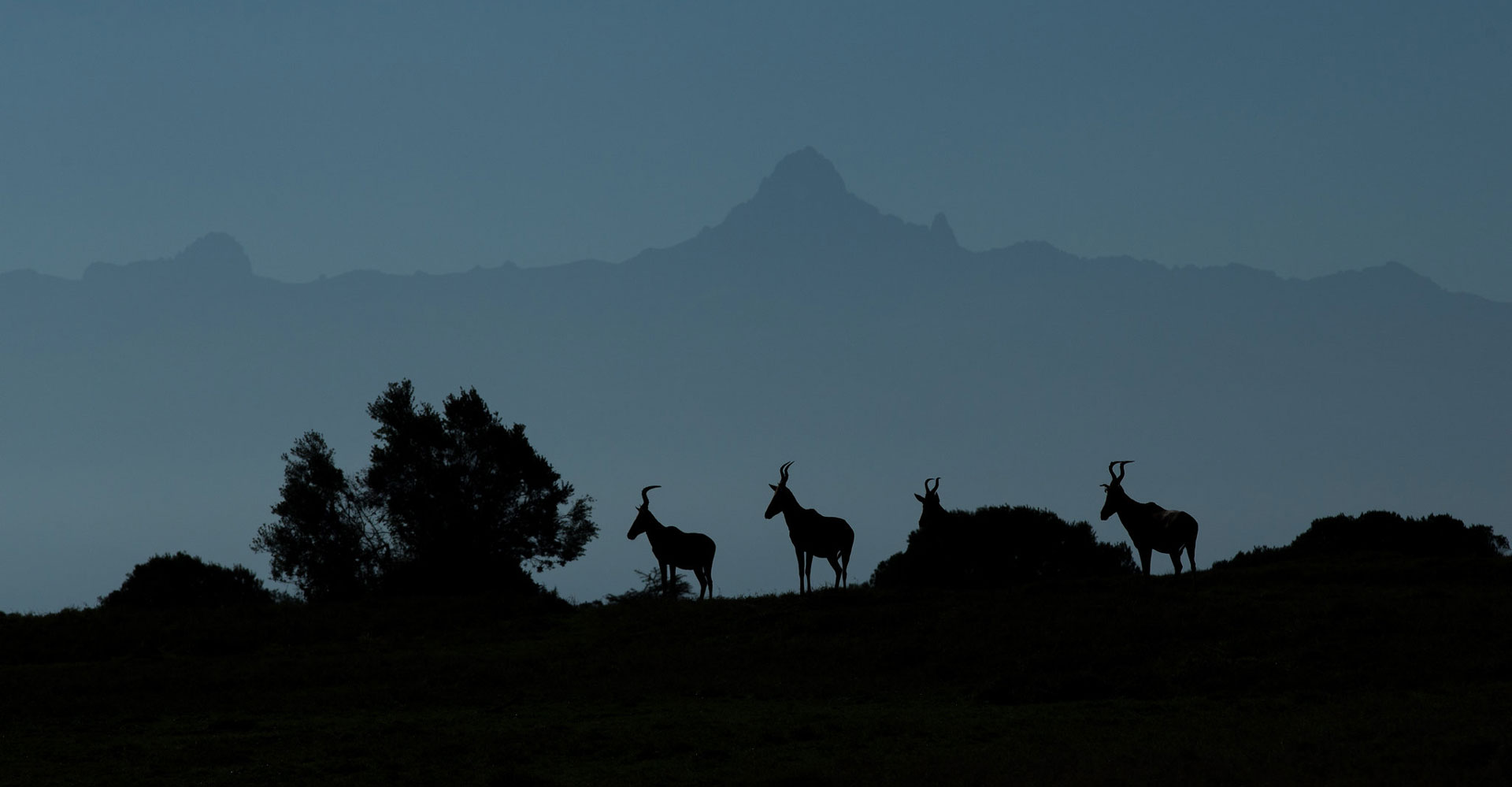
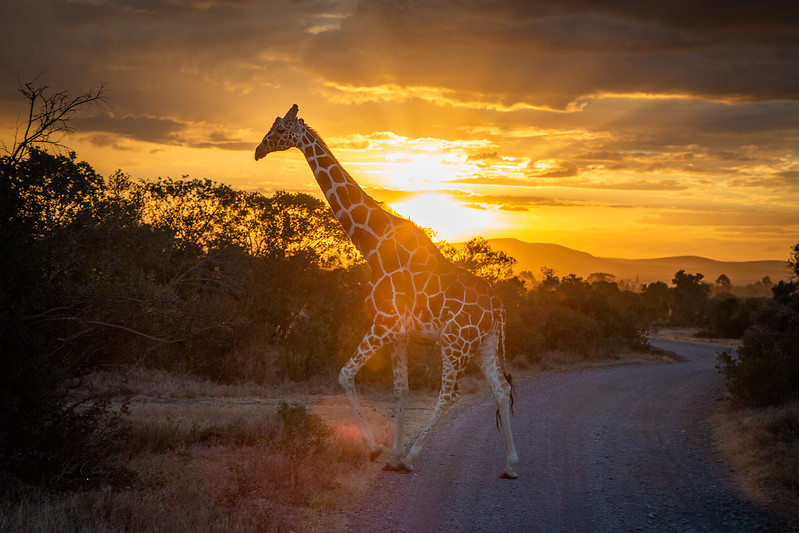
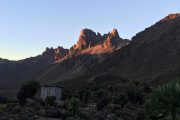
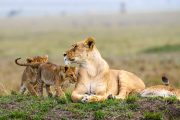
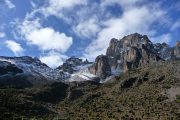
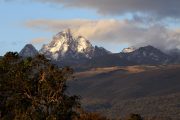
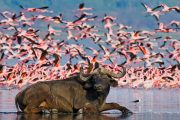
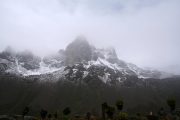
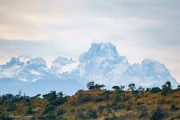
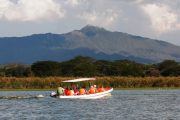
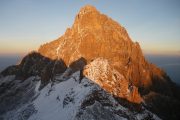
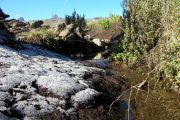
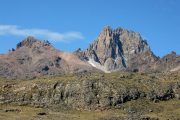
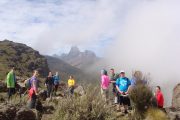
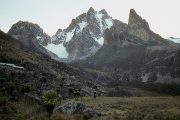
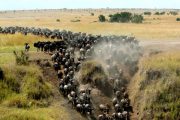
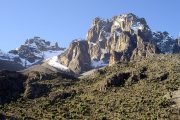
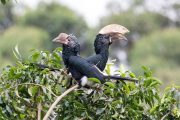
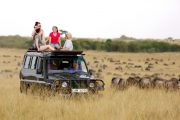
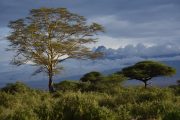
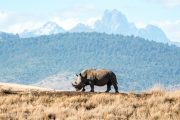
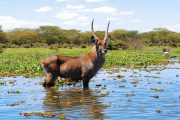
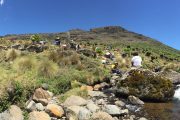
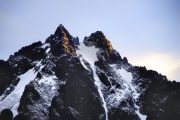
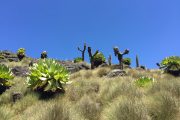
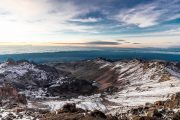
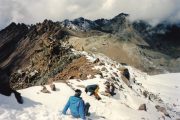
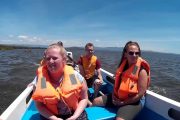
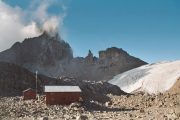
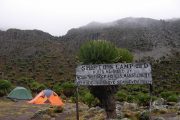
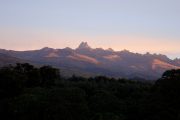
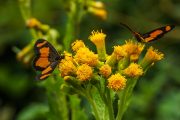
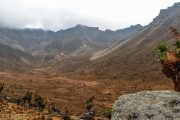
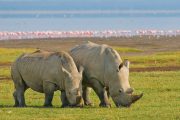
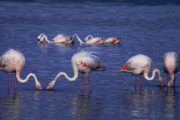
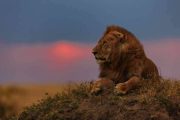
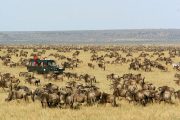
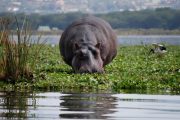
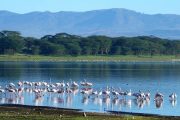
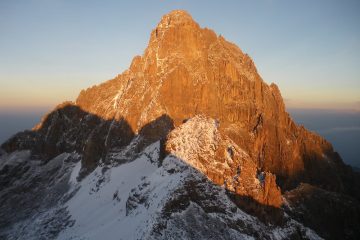
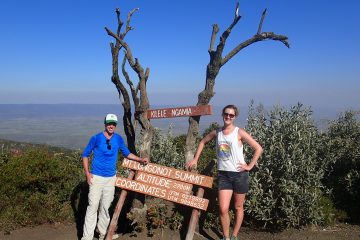
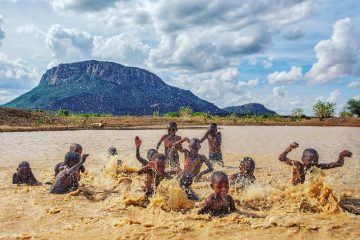
Tour Reviews
There are no reviews yet.
Leave a Review